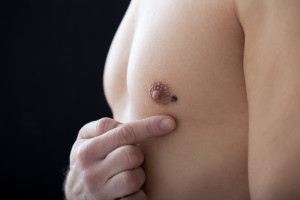 During puberty, a small amount of male breast development occurs. In most cases, this resolves itself in a couple of years. But in some cases, thoughts are up to 60 percent of men, gynecomastia, commonly known as “male breast development,” occurs where this breast tissue doesn’t completely go away. Gynecomastia is characterized by excess fat, glandular tissue, and skin on the male breast. Although it affects a large percentage of men, most never seek help for the condition.
During puberty, a small amount of male breast development occurs. In most cases, this resolves itself in a couple of years. But in some cases, thoughts are up to 60 percent of men, gynecomastia, commonly known as “male breast development,” occurs where this breast tissue doesn’t completely go away. Gynecomastia is characterized by excess fat, glandular tissue, and skin on the male breast. Although it affects a large percentage of men, most never seek help for the condition.
What causes gynecomastia?
Most cases are caused by over sensitivity of the breast tissue to normal levels of hormones, but it also has genetic connections. Obesity and steroid use is also linked to gynecomastia.
How is gynecomastia treated?
With male breast development, the excess tissue can be removed through excision, liposuction, or a combination. If the tissue is mostly fat, liposuction is ideal. The need for excision usually depends on the density of the breast tissue. Occasionally, ultrasound waves can be used to help break up dense tissue and still allow for liposuction to be the primary method of removal.
Recovery from gynecomastia
Those recovering from either excision or liposuction surgery will need to avoid strenuous physical activity for six weeks following the procedure. During the first three weeks, a compression garment will be required to reduce swelling and help the body adapt to its new contour.
If you feel like you have gynecomastia and find yourself avoiding certain social situations such as the beach, please give us a call.








No comments yet.